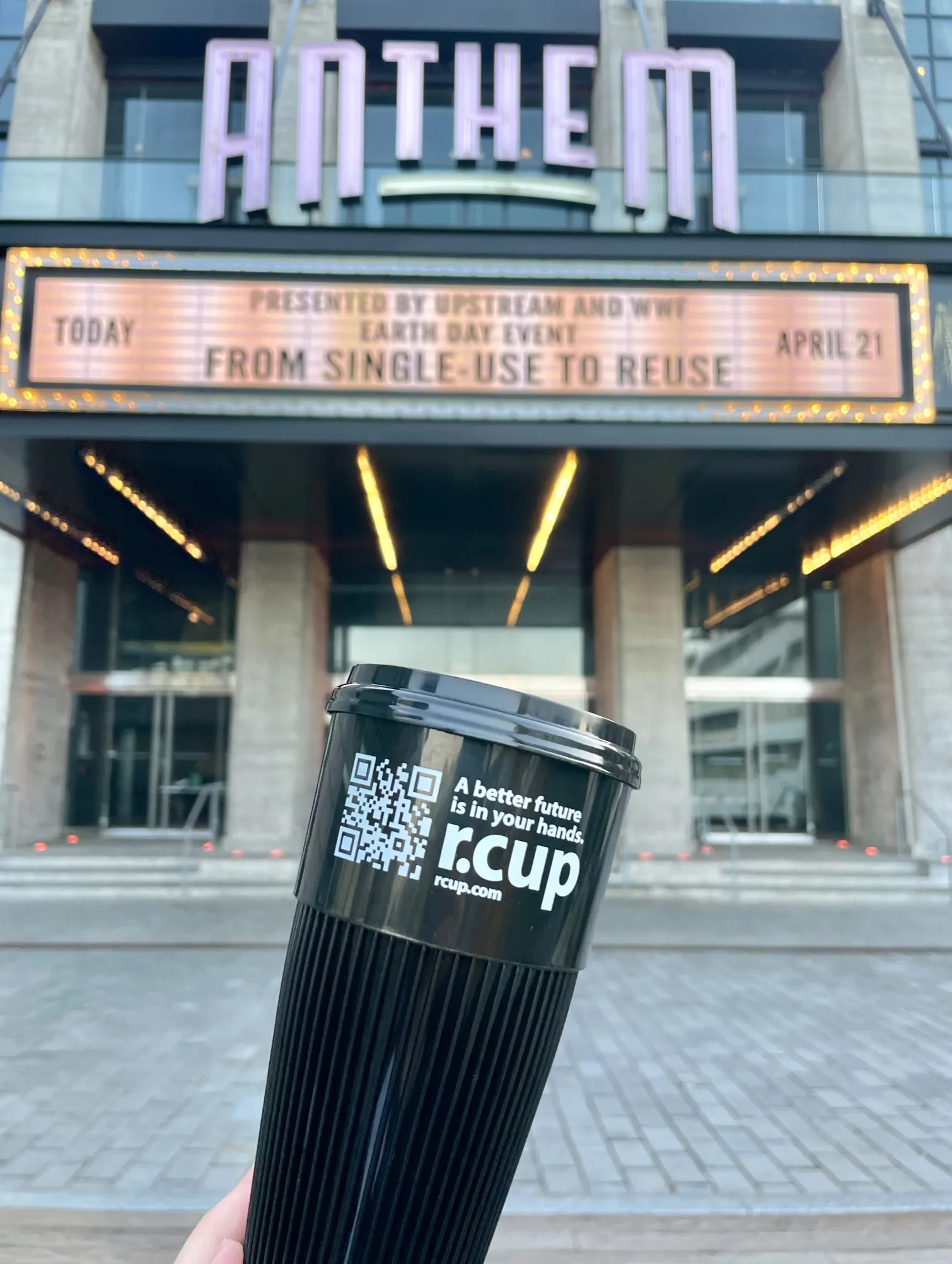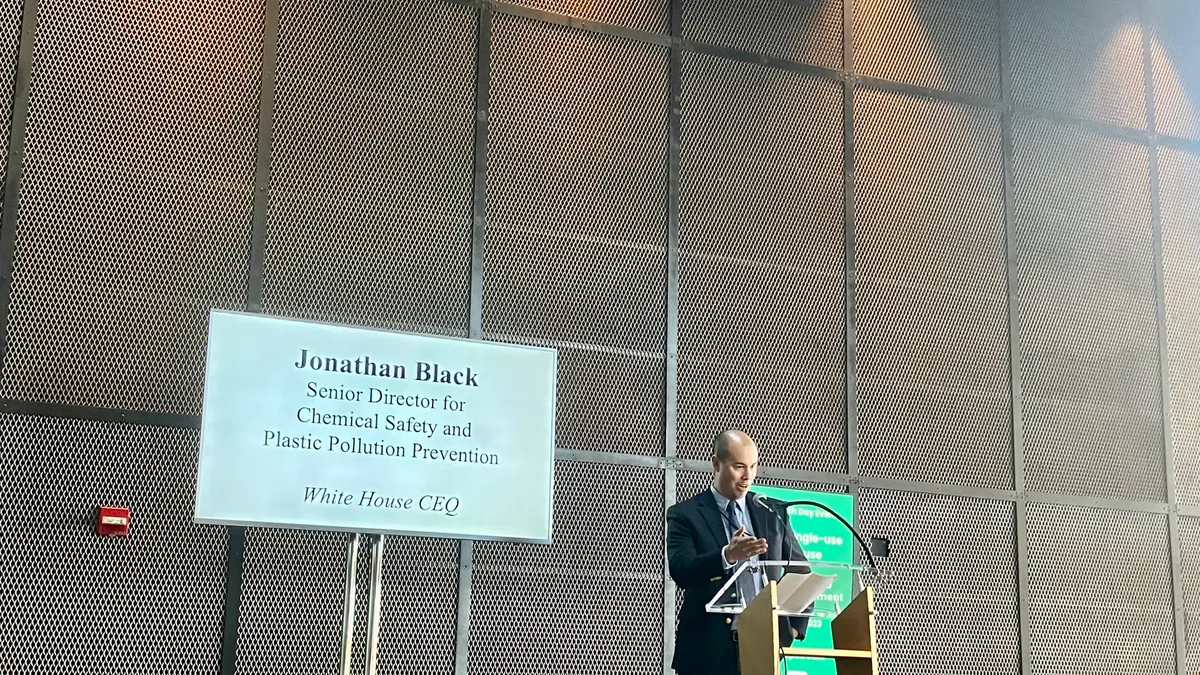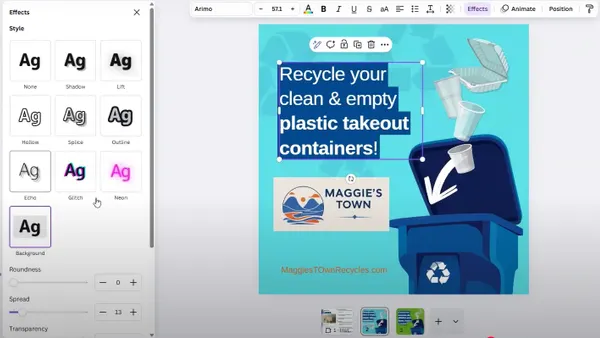Scaling up reuse systems will require significant investments, cultural shifts, local and national government engagement and policy changes, industry stakeholders said at an in event in Washington, D.C., on Friday that was hosted by the World Wildlife Fund and Upstream.
Representatives from Coca-Cola, Closed Loop Partners, r.Cup, DeliverZero and other companies spoke at the event, which was held the same morning as the U.S. EPA released a draft of its National Strategy to Prevent Plastic Pollution.
Successful reuse systems must be environmentally sound from sourcing to end of life, economically sustainable and revenue-generating, as well as equitable and convenient, said Erin Simon, WWF’s vice president of plastic waste and business, citing takeaways from a WWF paper late last year on the role of reuse in a circular economy for plastics.
“If reuse systems can really achieve these three dimensions, they are truly going to be the cornerstone of the circular systems of the future,” Simon said. But stemming plastic pollution will require collaboration between businesses, policymakers and a range of other stakeholders.

At the local scale, cities and counties should consider making reuse infrastructure a municipal service or utility, said Crystal Dreisbach, CEO of Don’t Waste Durham, a North Carolina group involved in a county-permitted washing station that sees potential for reusables not just with restaurants but with school lunches, grocery stores, local CPGs and more.
At the national scale, Upstream Chief Strategy Officer Priscilla Johnson called on event attendees to support a national bottle bill that would include some reuse language.
Carolyn Hoskinson, director of EPA’s Office of Resource Conservation and Recovery, said the agency is “all in on embracing the reuse movement.”
“We are the ‘reduce, reuse, recycle’ office. I feel like recycling has been the marquee player on the team: Everybody knows their name and everybody buys their jersey,” Hoskinson said, noting the National Recycling Strategy EPA issued in 2021. “But a successful team needs more than just one marquee player, right? So today I am thrilled that reuse is getting its jersey.”
Hoskinson described the plastic pollution prevention strategy as “Part 2” to the national recycling strategy and said there will be future strategies addressing other materials. The latest strategy, in part, addresses supporting communities in developing reuse programs and talks about working with manufacturers to design more reusable products, Hoskinson said.
Further, Hoskinson noted that some projects eligible to receive money that the bipartisan infrastructure law allotted to EPA could include community repair spaces, reuse centers and staging areas for material reuse and donation.
The White House has also been building out staffing for plastic pollution projects, said Jonathan Black, senior director for chemical safety and plastic pollution prevention at the White House Council on Environmental Quality. Black said he became the first-ever White House official to have plastic pollution in a title when he joined CEQ in the fall. On Friday, the administration announced an interagency policy committee on plastic pollution and a circular economy with representatives from departments and agencies across the federal government.
“We know recycling, of course, is an important part of this solution. But we acknowledge that we cannot recycle our way out of a growing plastic waste crisis,” Black said. “Reuse is a major part of the solution.”












